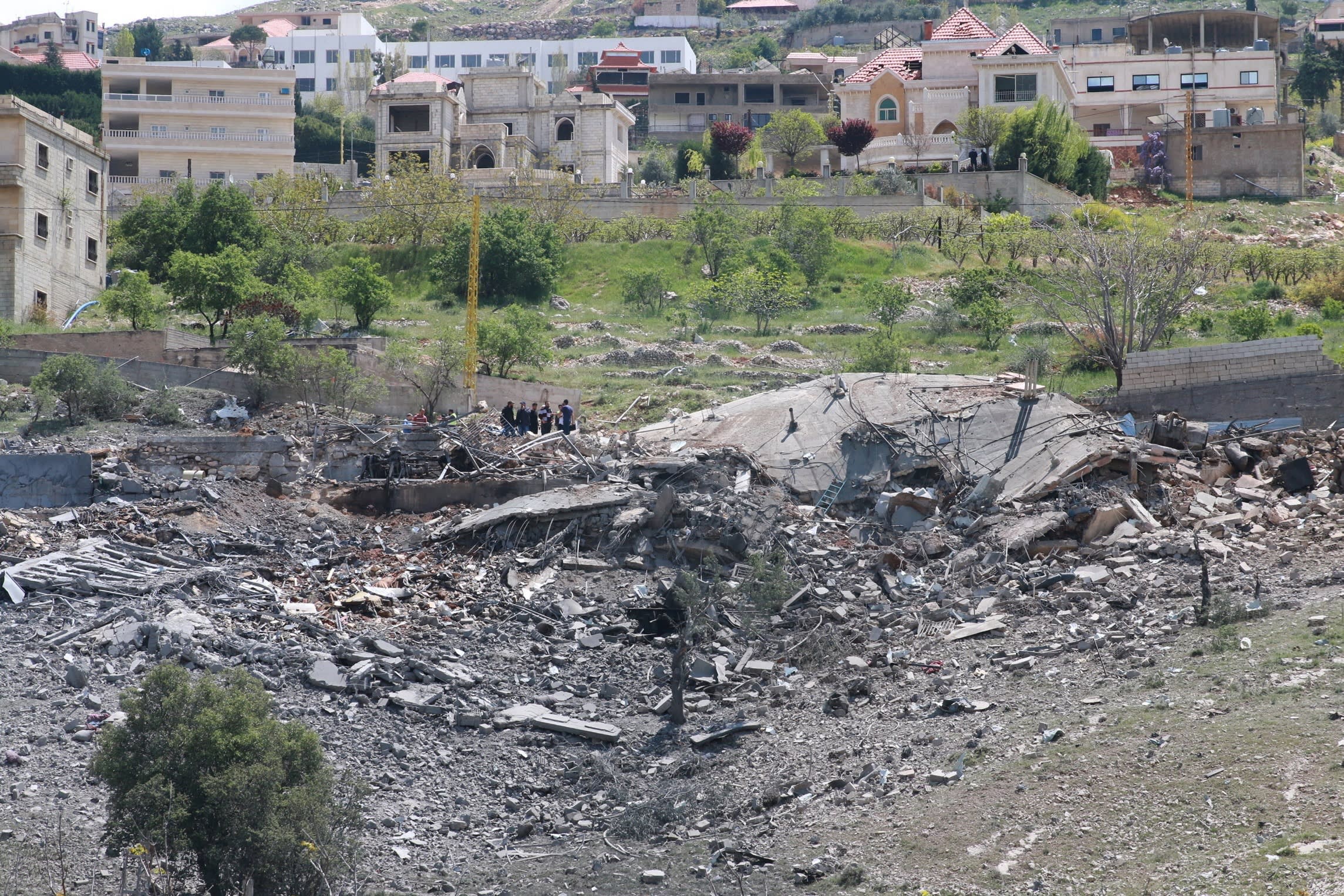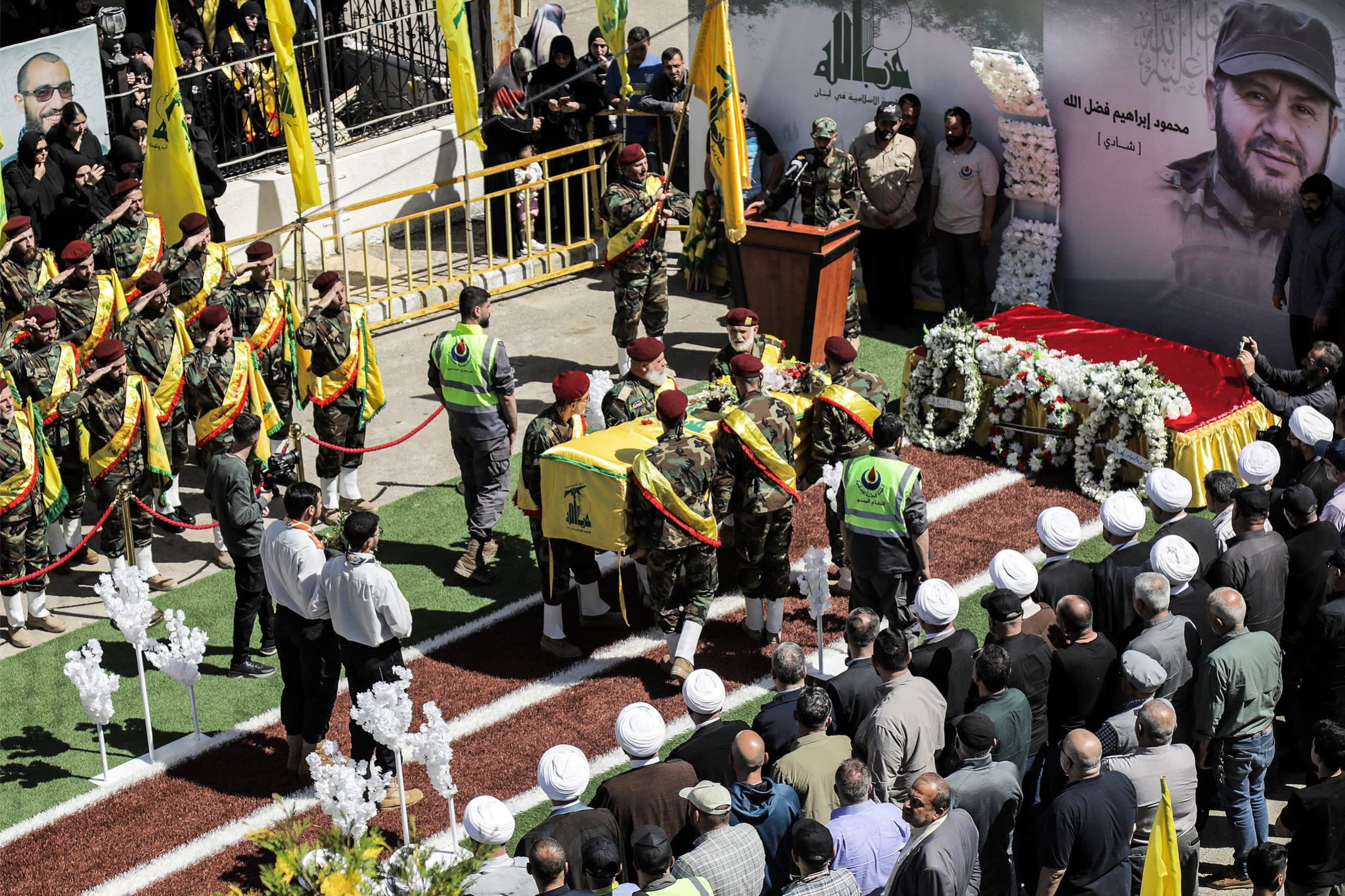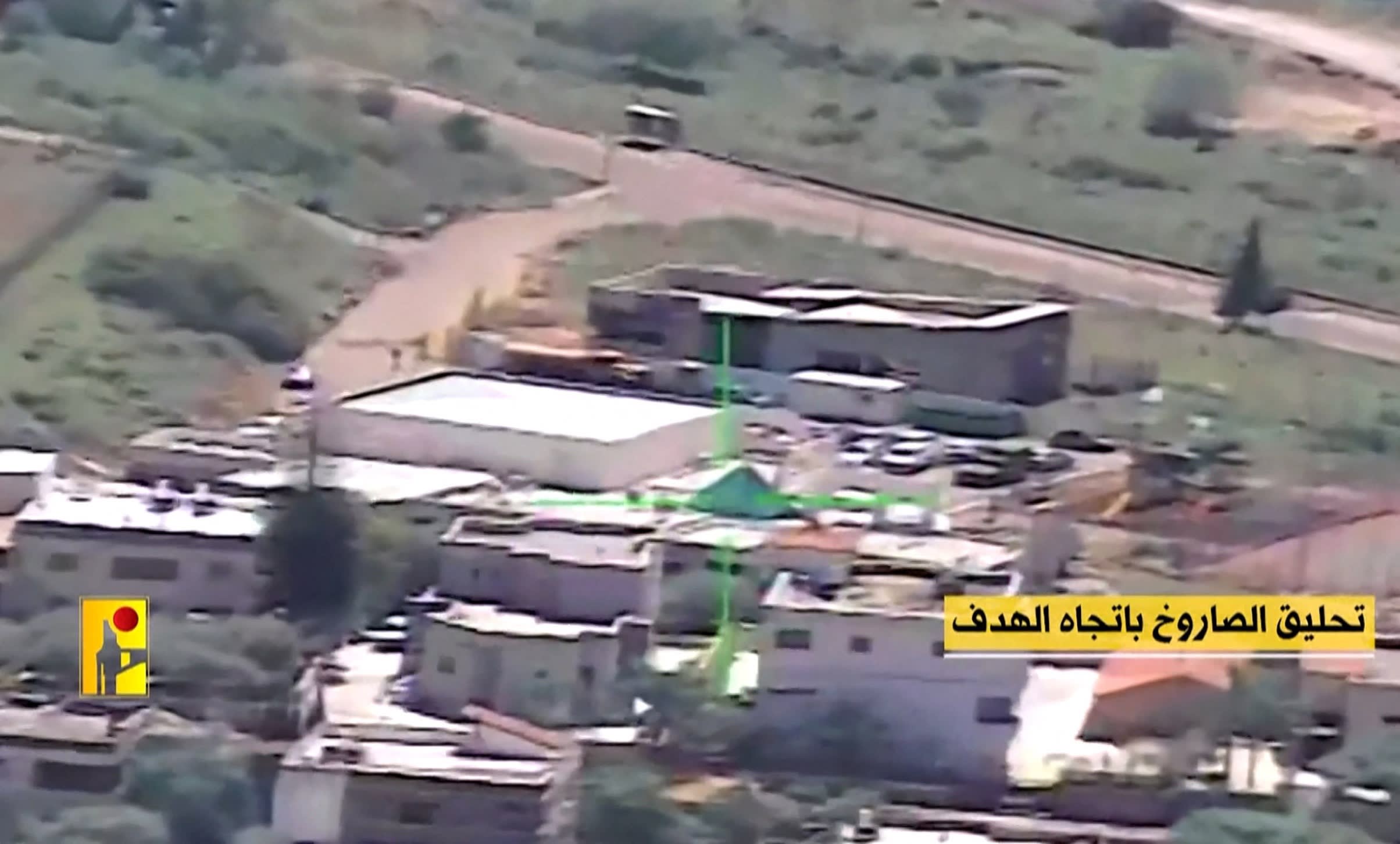As Iran and Israel stepped back from the brink of all-out war last week, one signal that neither party was keen on escalation stood out: the limited role of Hizbollah.
Rising tensions between Israel and the Lebanese militant group since Hamas launched its deadly assault on October 7 have led to the most deadly clashes beyond Israel’s borders in decades.
Yet when regional hostilities reached their most dangerous level yet in the conflict — with Tehran launching a barrage of 300 missiles and drones in its first ever direct attack on Israel — Hizbollah’s participation was largely symbolic.
On April 14, the group fired dozens of rockets in co-ordination with Tehran’s attack on an Israeli barracks in the Golan Heights — most likely from Syria where its fighters also operate. But the barrage was smaller than others it has launched since October.
And when Israel chose to respond to Iran six days later, Hizbollah positions were not among those targeted.
That neither side chose to heavily involve Hizbollah, Iran’s most powerful proxy, was one of the most important decisions in containing what could have been an uncontrollable escalation that Israel and Iran say they do not currently want, analysts said.

“For Hizbollah and Iran, it comes down to a cost-benefit analysis,” said Rym Momtaz, a consultant research fellow at the International Institute for Strategic Studies think-tank. “Had Tehran been seeking a total war with Israel, Hizbollah would have been a central piece of its attack.”
Analysts believe the desire to keep its firepower in reserve in case Israel follows through on threats to push the militants back from the border by force if a diplomatic solution cannot be found helps to explain Hizbollah’s relative restraint.
Iran’s desire to avoid triggering a harsher US and Israeli response on the militant group was also a factor.
While Israel’s April 1 air strike on an Iranian consular building in Damascus kick-started this month’s escalation, it did not cross the threshold of being viewed as an existential threat against the Iranian regime, Momtaz said, “so a significant involvement by Hizbollah wasn’t required”.
Hizbollah has lost around 260 fighters since hostilities broke out the day after Hamas launched its deadly assault on southern Israel — a higher toll than even its devastating 2006 conflict with Israel, according to a Financial Times calculation based on local sources.
More than 60 civilians in Lebanon have also been killed, with 90,000 people displaced from villages that dot its southern border. In Israel, 14 soldiers and eight civilians have been killed in Hizbollah attacks, while more than 80,000 have been displaced from the border.

Hizbollah is the crown jewel in Iran’s so-called Axis of Resistance, a powerful network of regional proxies that includes Hamas, Yemen’s Houthis and the Shia militias in Iraq.
It is estimated to have 20,000 to 50,000 fighters and a powerful arsenal of attack drones, small arms, artillery, tanks and increasingly sophisticated precision-guided missiles. Its battle-hardened fighters last fought a brutal 34-day war against Israel in 2006, sharpening their skills the following decade when Hizbollah intervened to prop up Bashar al-Assad’s regime during Syria’s civil war.
While it has fought in tit-for-tat clashes with Israel’s military since war broke out between Hamas and Israel, the shelling has largely been contained to the border areas.
A Lebanese official said Israel’s decision not to hit Hizbollah on Friday in retaliation for Iran’s attack showed that “cooler heads may have prevailed in Israel’s divided cabinet”.
If they hadn’t, “Hizbollah would have been forced to retaliate ferociously”, the official said, requesting anonymity to discuss the matter. Otherwise, “we might have already been in a full-scale war”.
Eyal Hulata, former Israeli national security adviser and fellow at the Foundation for Defense of Democracies, said that the fact that Iran had targeted Israel directly for the first time meant that Israel had to respond directly to Tehran rather than its proxies.
“This is not about Hizbollah, this is about Iran. Iran had to get that message so that they don’t think that they can continue barraging us,” he said, “and hopefully what the Iranians got from this is that they should be more careful in the future”.
While all-out war may have been averted for now, the conflict on the Israel-Lebanon border remains the most dangerous ignition point for a broader regional escalation. Hizbollah deputy leader Naim Qassem told NBC News last week that his group “will not accept that the Israelis transgress the rules of engagement” in southern Lebanon, and will increase their attacks if the Israelis do.
Hizbollah also displayed a new range of tactics against Israel in several incidents last week, analysts said.

Last Wednesday, a retaliatory drone and missile attack by the militant group penetrated Israel’s Iron Dome air-defence system and hit the border town of Arab al-Aramshe. The attack, which analysts said used more modern and powerful drones than in previous incidents, wounded at least 14 Israeli soldiers, six of them severely, the IDF said.
Israel reacted by striking deeper into Lebanon than it typically does, hitting what it said was Hizbollah’s air defence infrastructure in northern Baalbek, some 60 miles inland.
While Israel has attempted to degrade the militant group’s capabilities since October, officials, diplomats and analysts in the region say the group still retains its potency. Hizbollah has long posed a far greater threat to Israel than Hamas.
Despite testing out new capabilities last week, the militants have yet to show off the more sophisticated elements in their arsenal.
Mohanad Hage Ali, deputy director of research the Carnegie Center in Beirut, said Hizbollah was preparing for the possibility of escalation with Israel. “They understand that they need to keep the best of their weapons and capabilities for this bigger and more comprehensive conflict.”
However, that restraint “has been perceived as a weakness in Tel Aviv and encouraged continuous Israeli escalation”, the IISS’s Momtaz said. “It has also damaged Hizbollah’s street credibility and deterrence, and created internal rifts.”
The US has been leading efforts to defuse the hostilities through a diplomatic deal, but officials and diplomats involved in the negotiations are racing against the clock. “The window of opportunity to get a deal done is closing,” the Lebanese official said, “and war could still come”.
Additional reporting by James Shotter in Jerusalem

